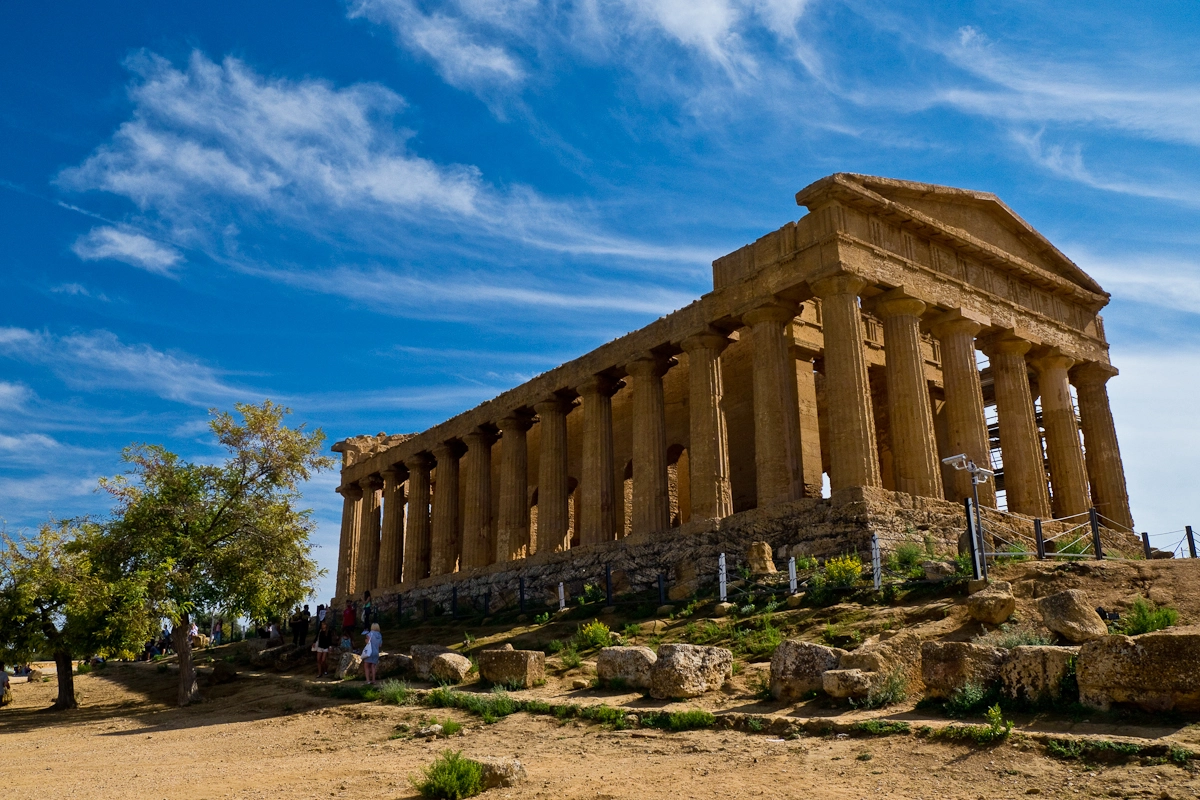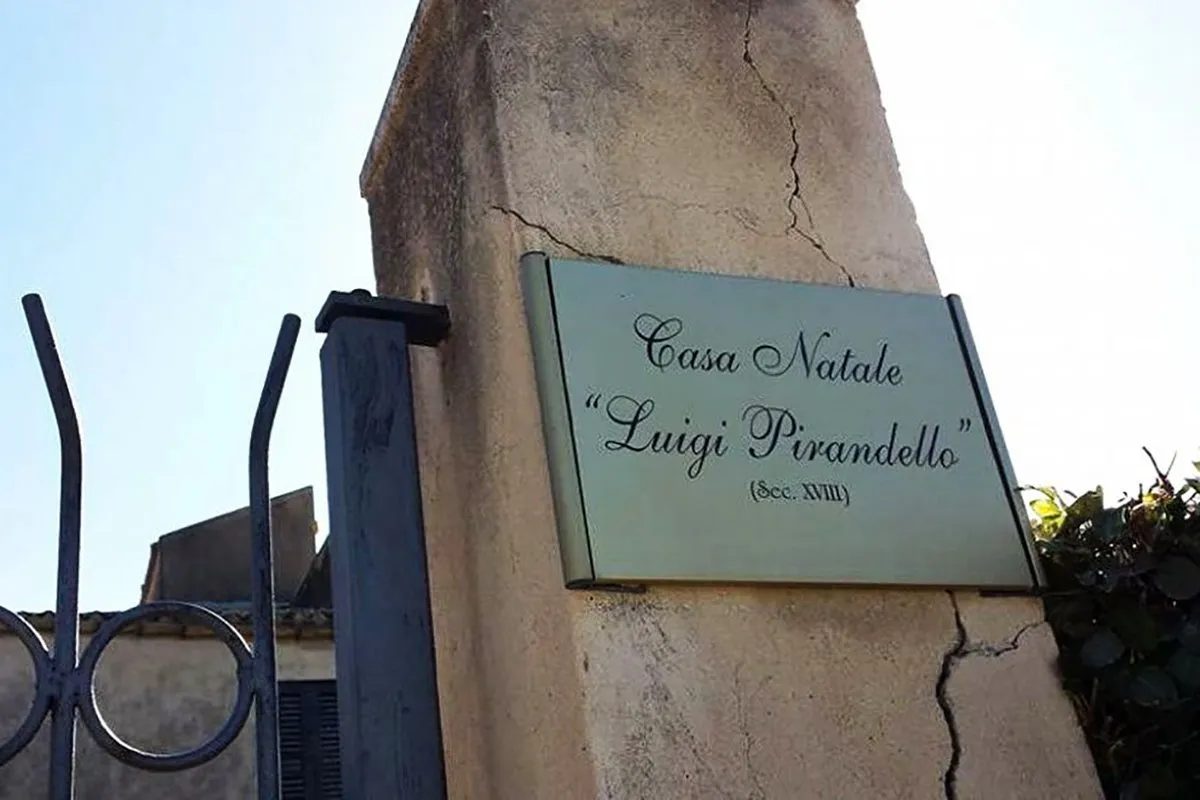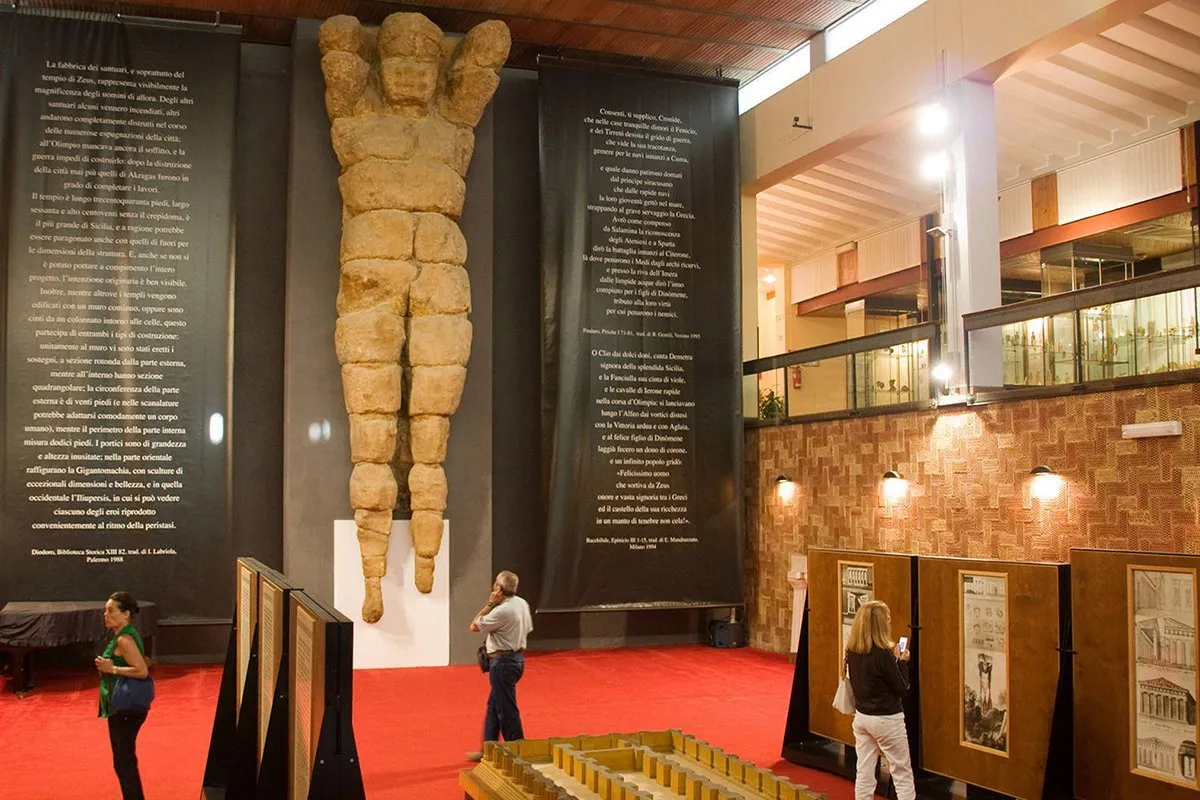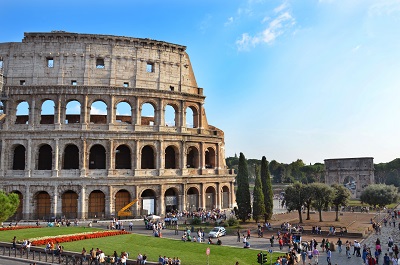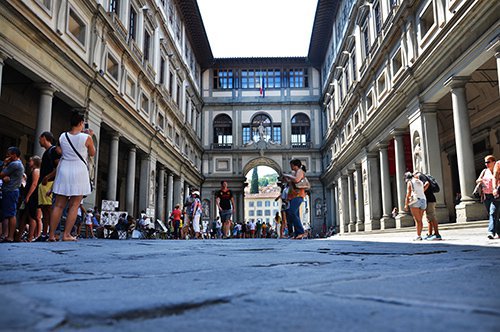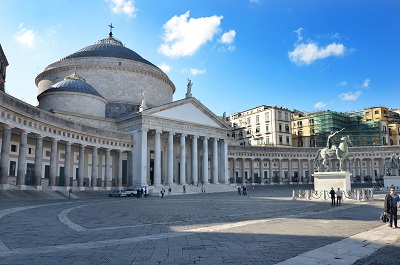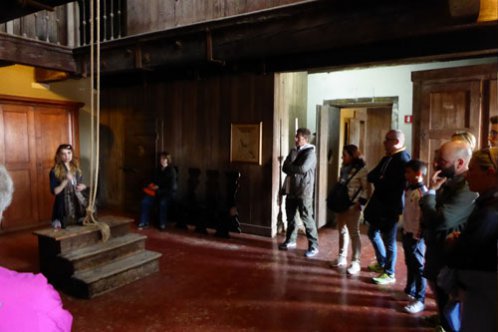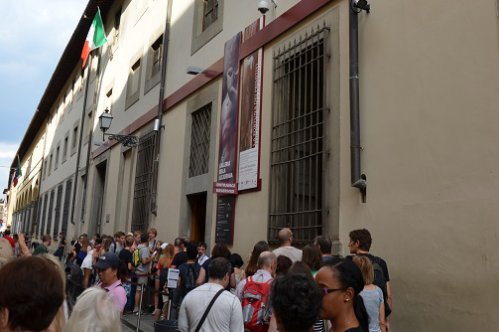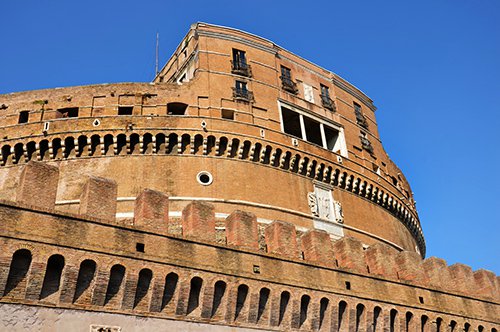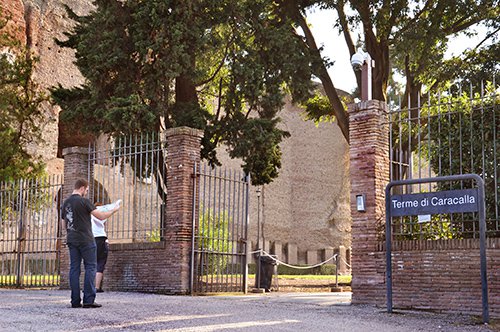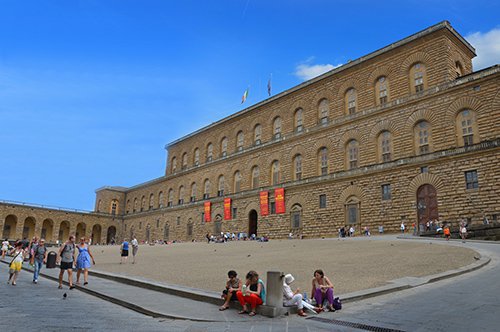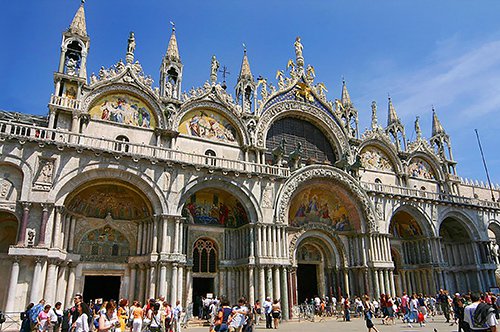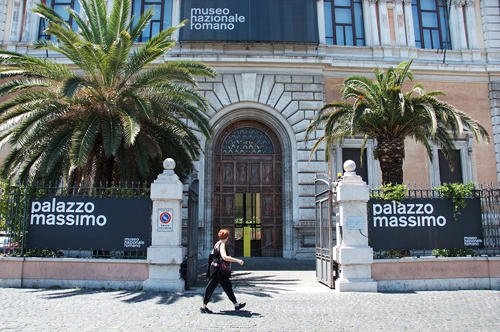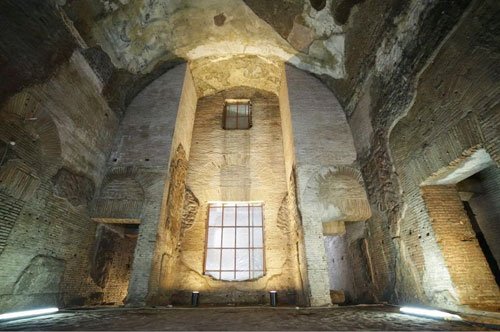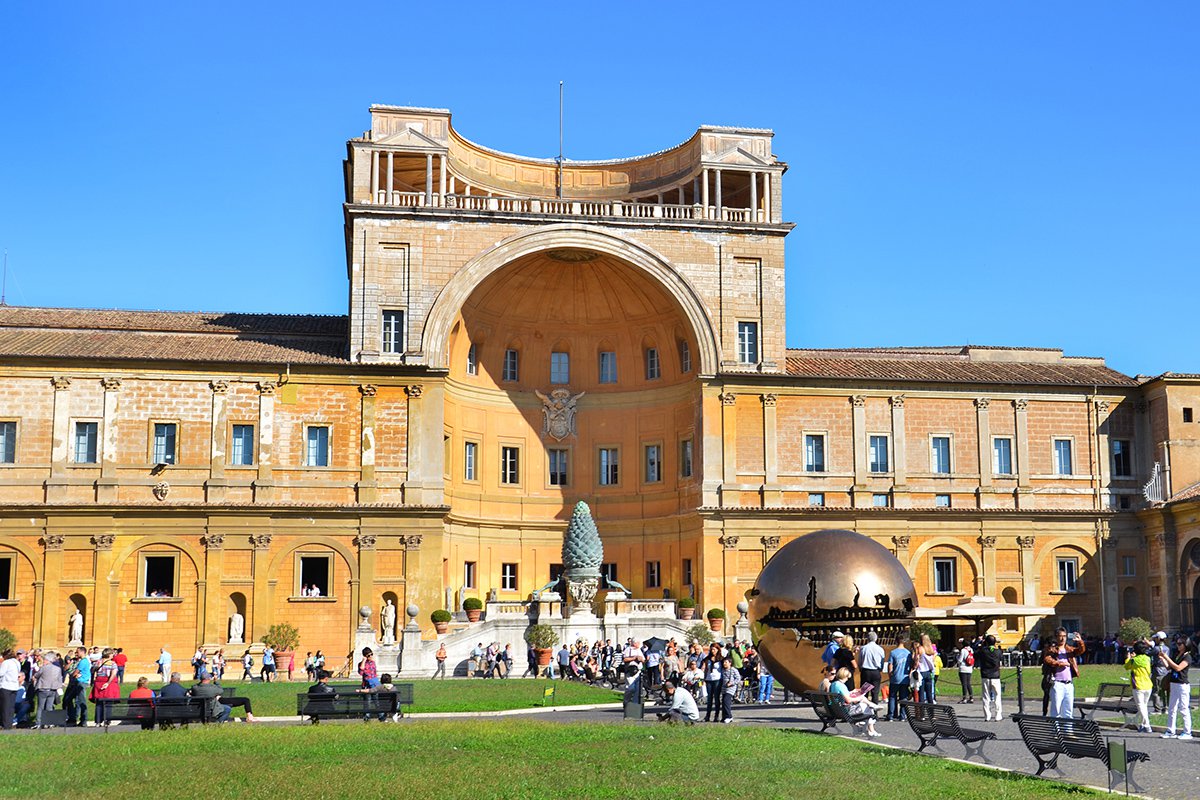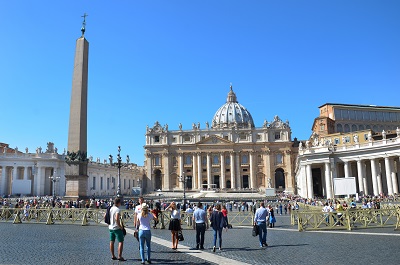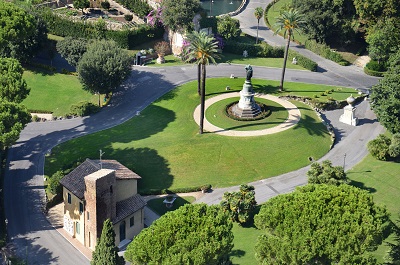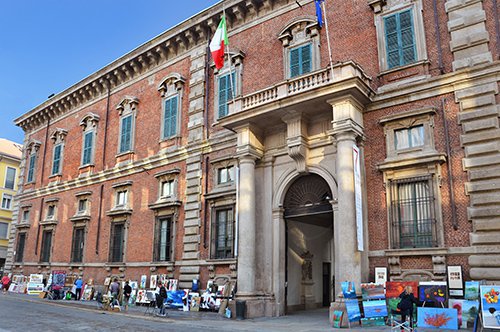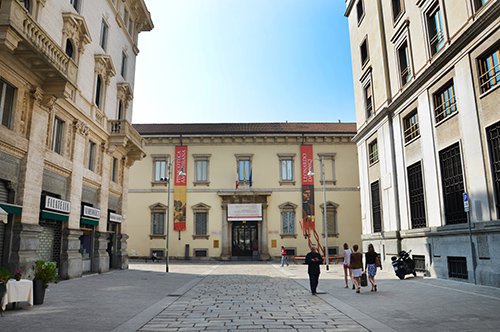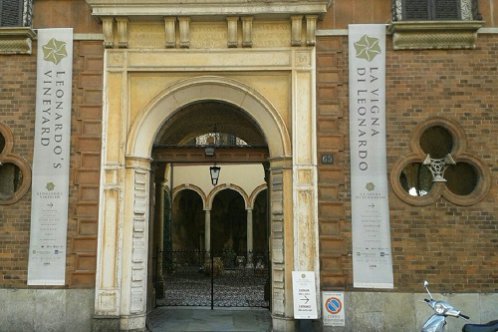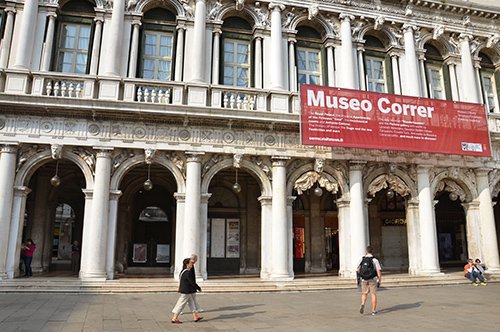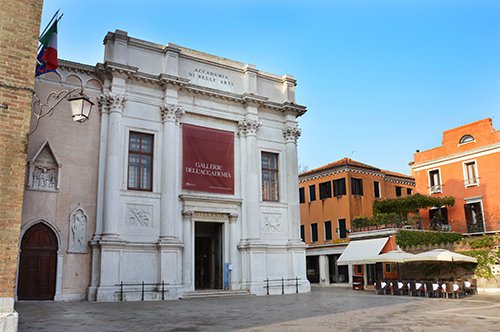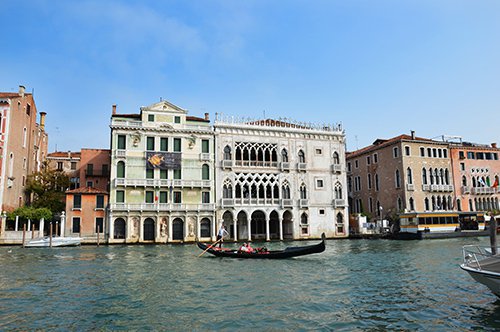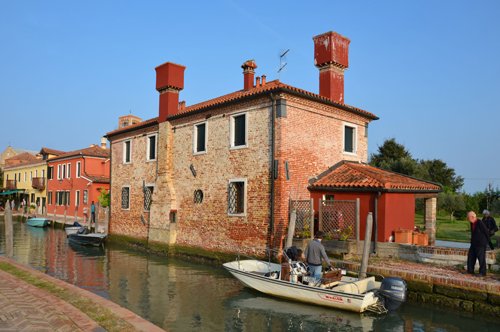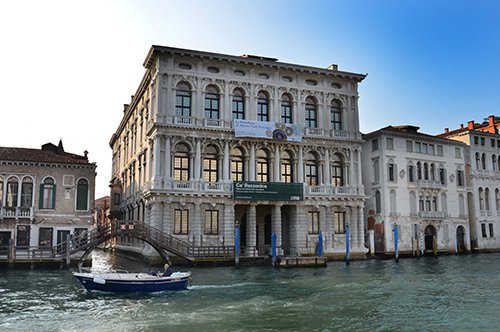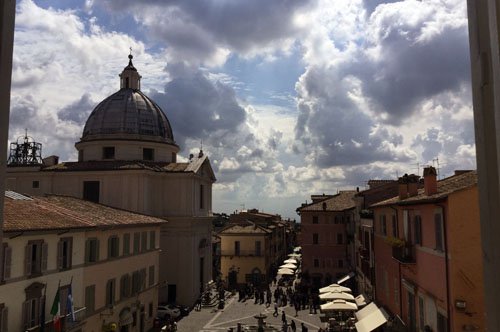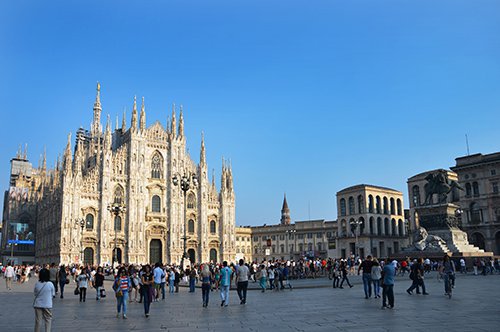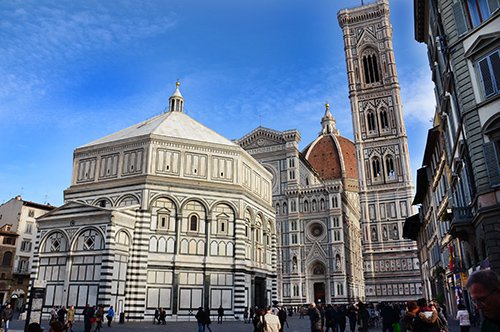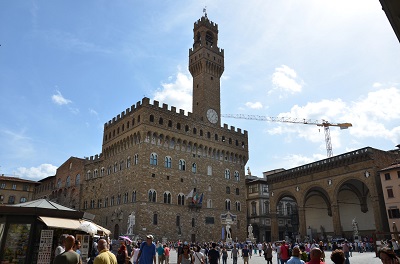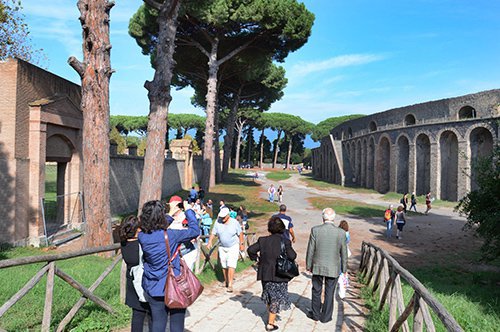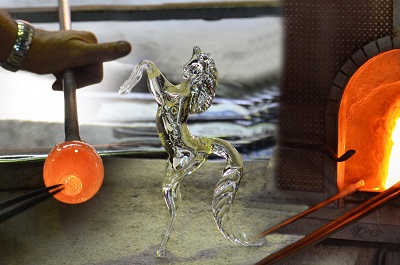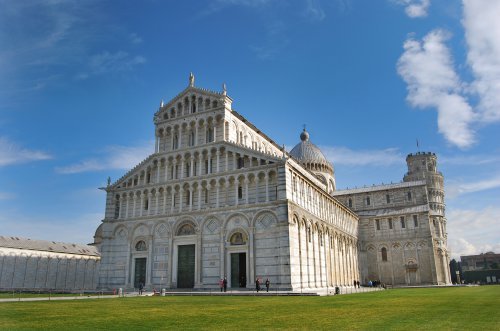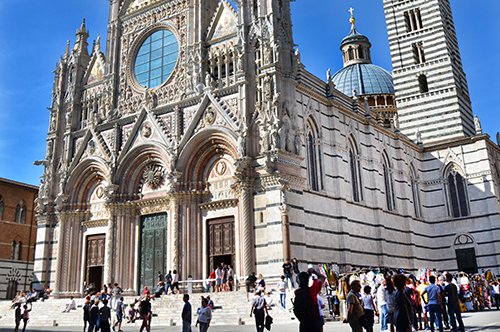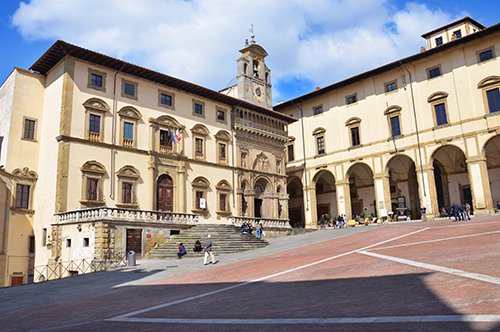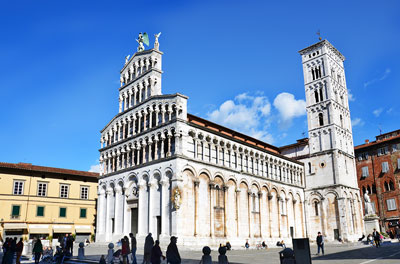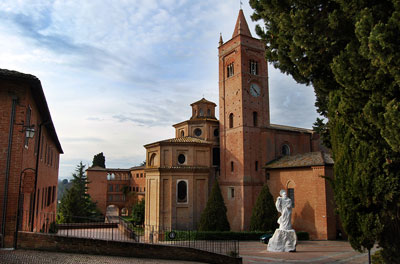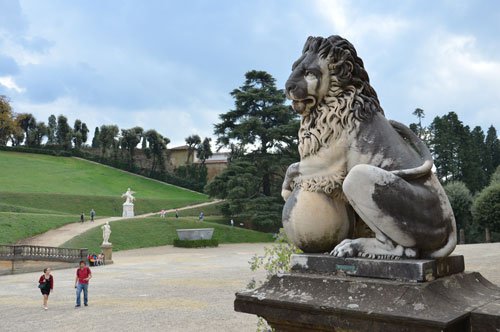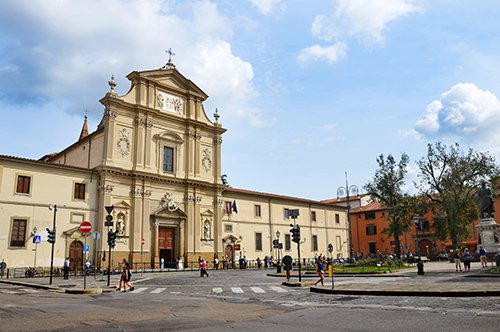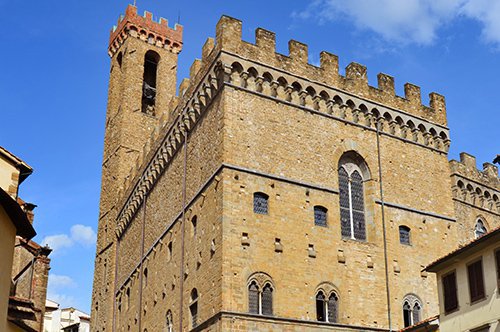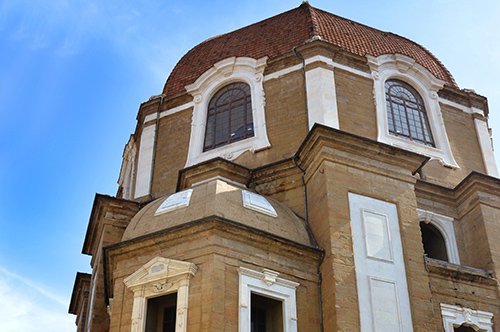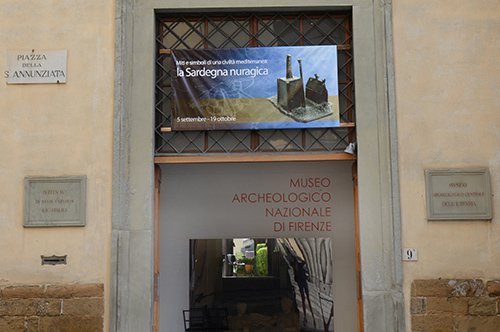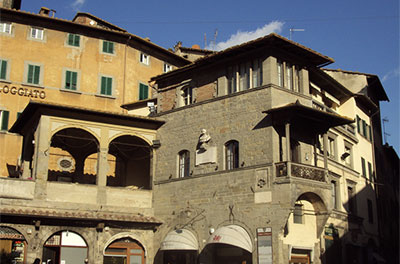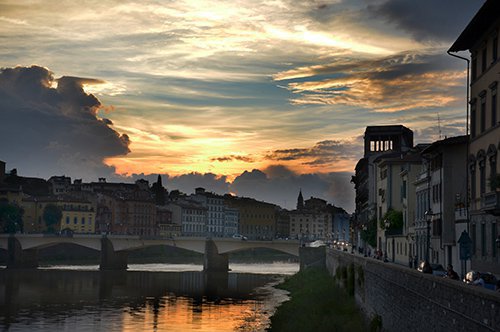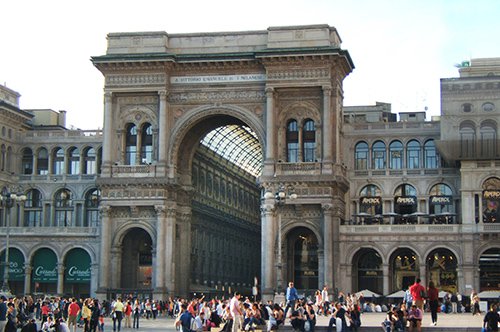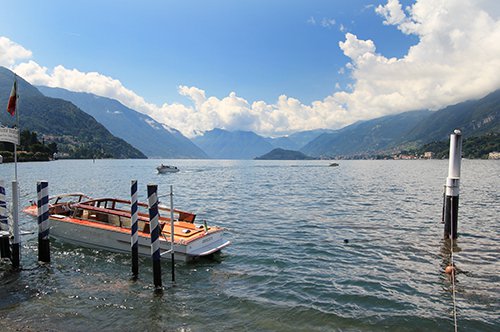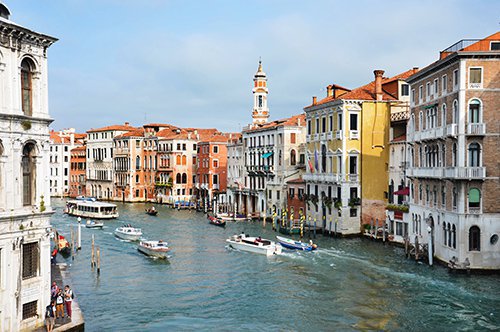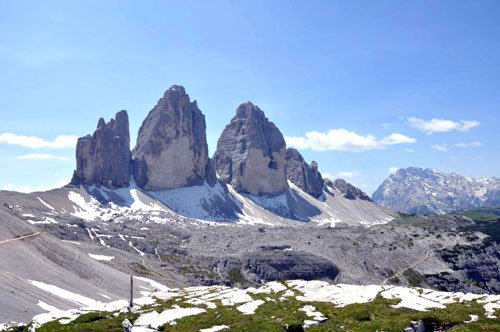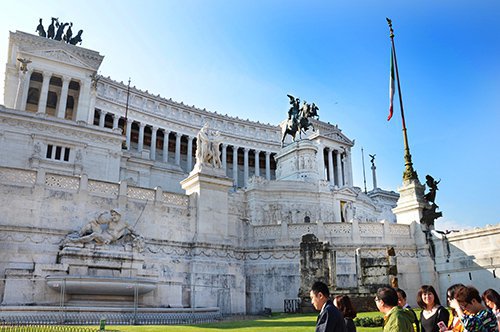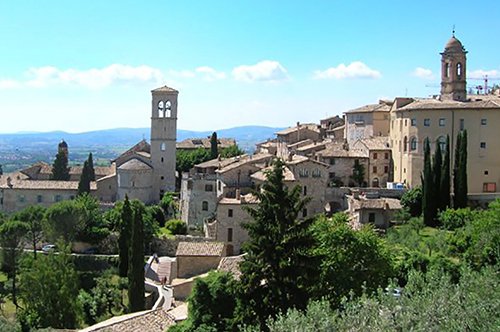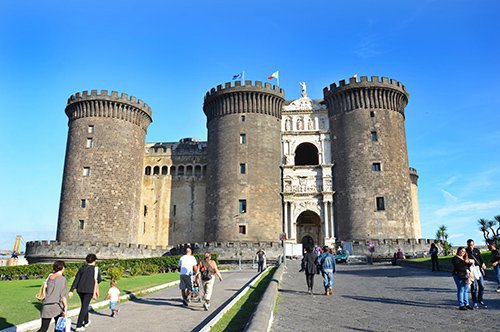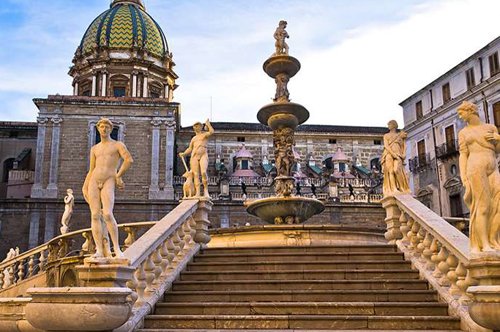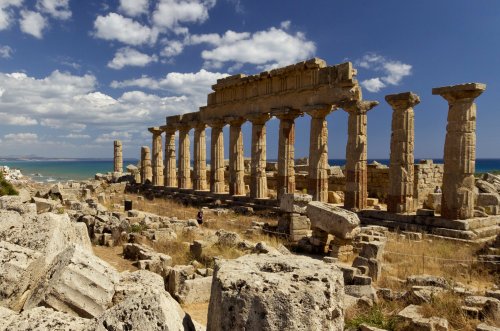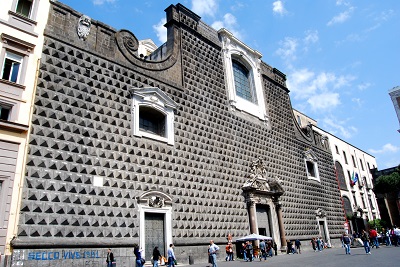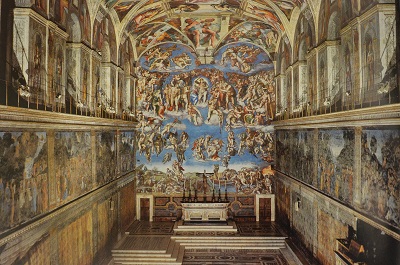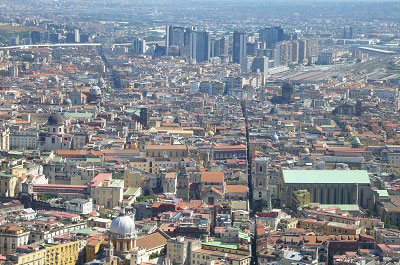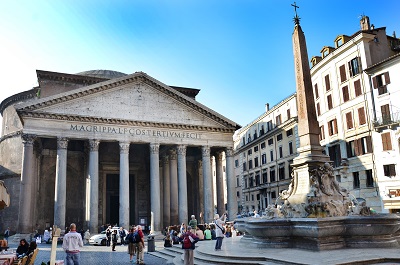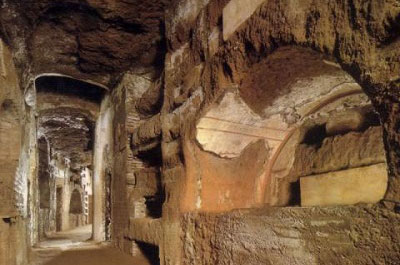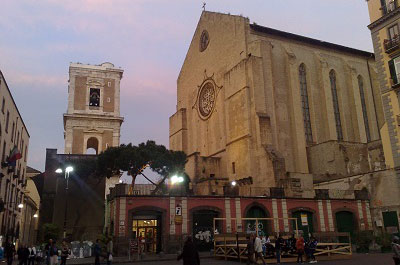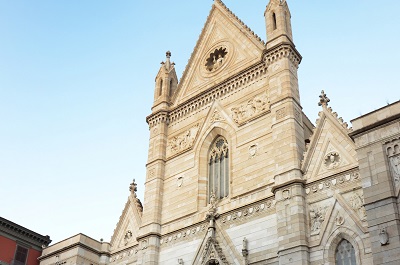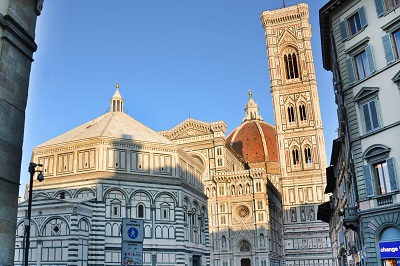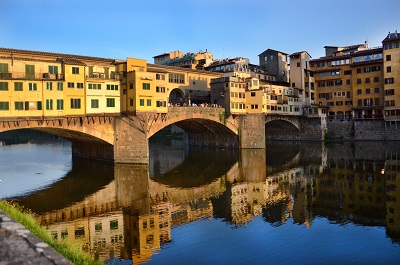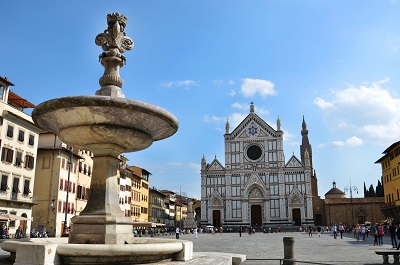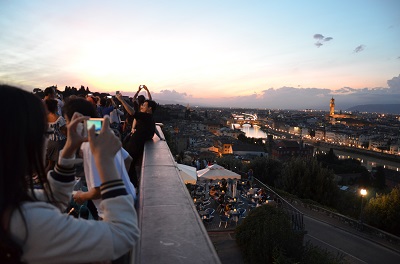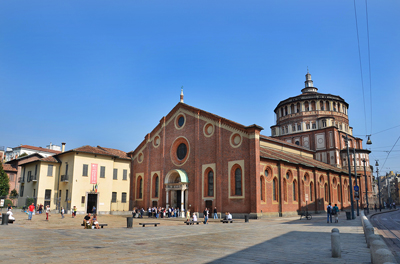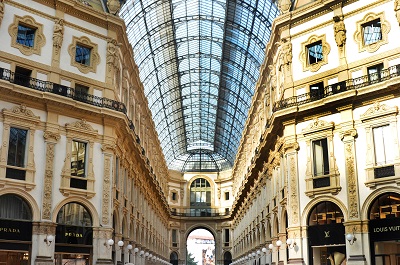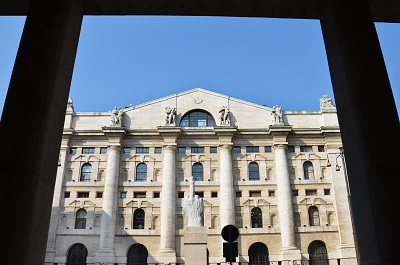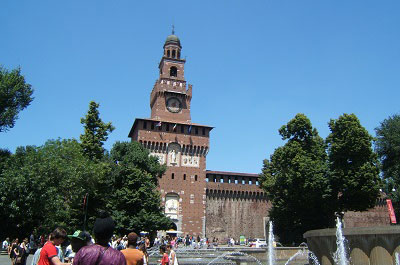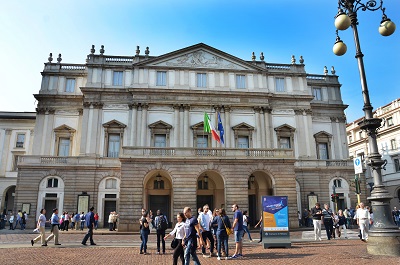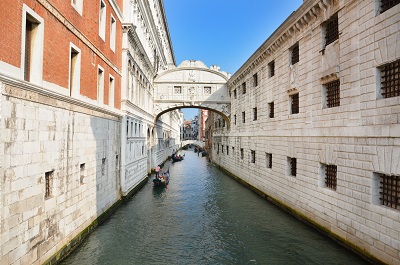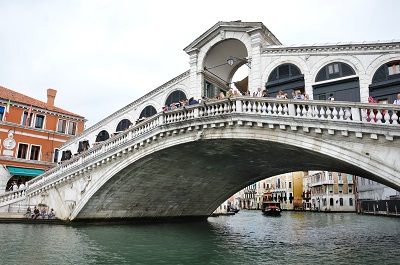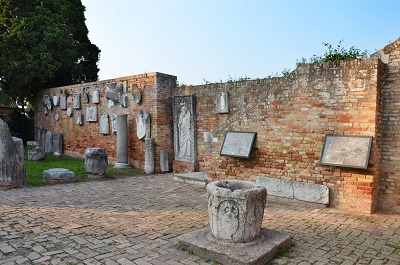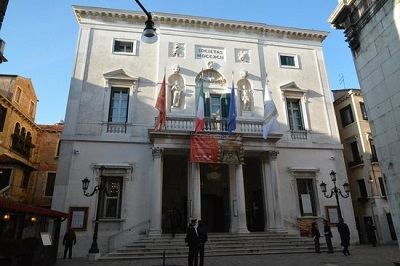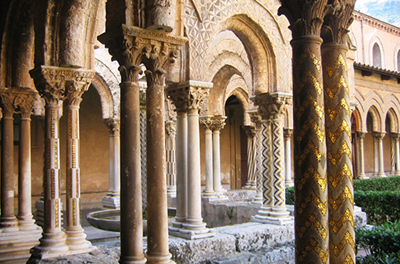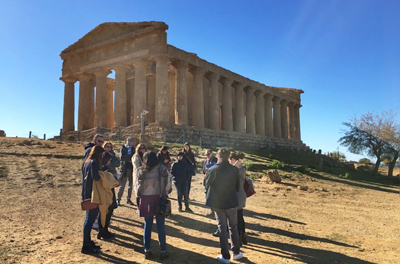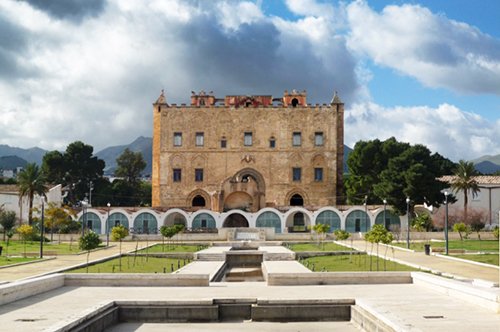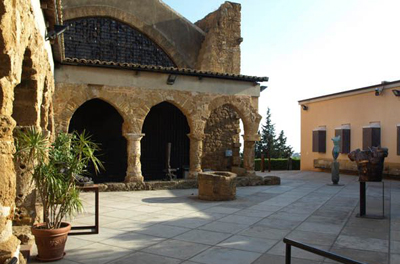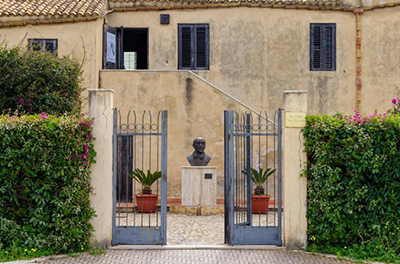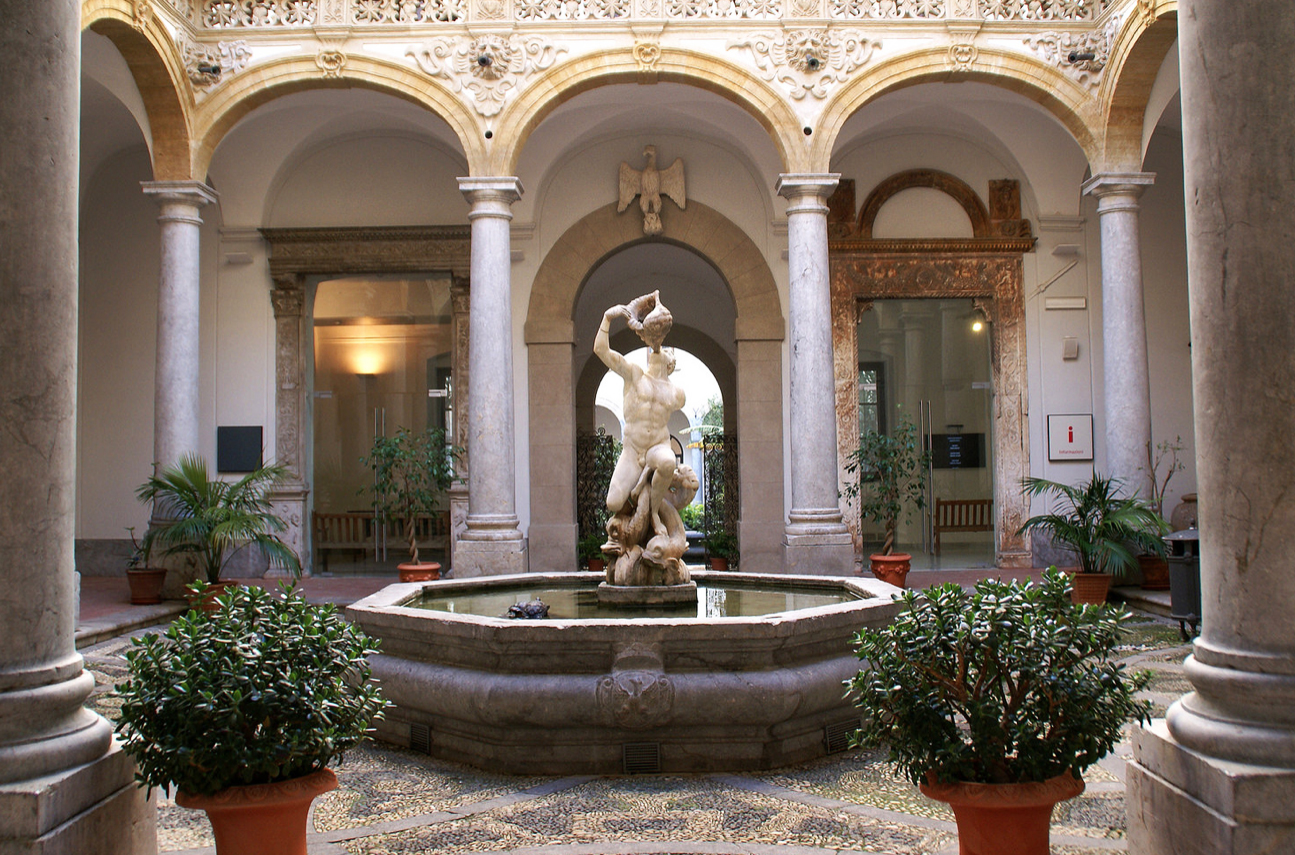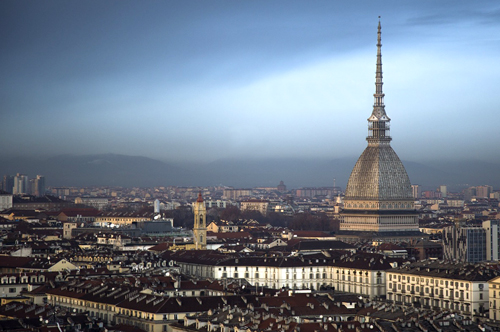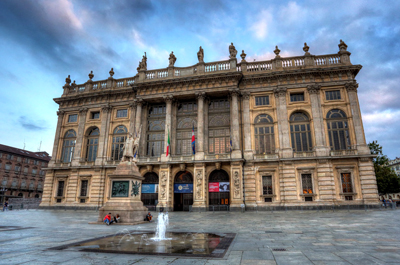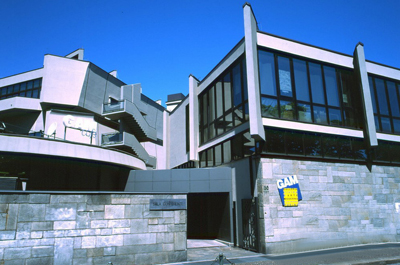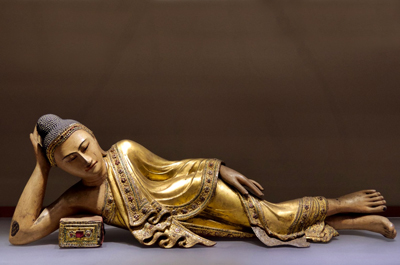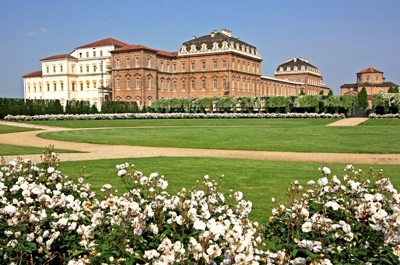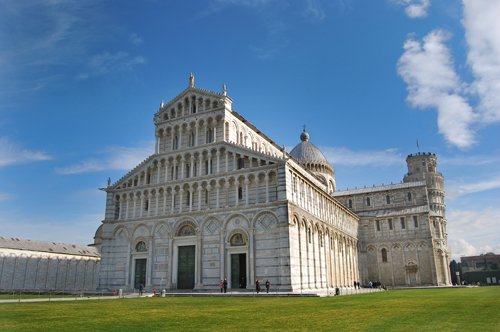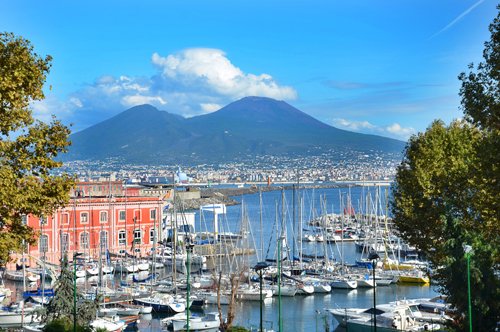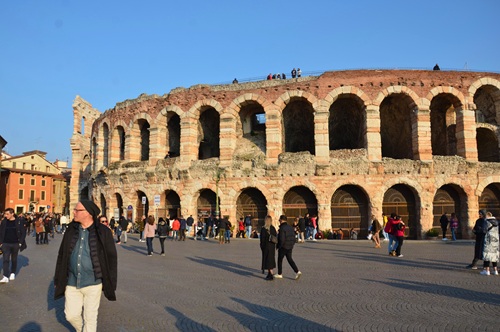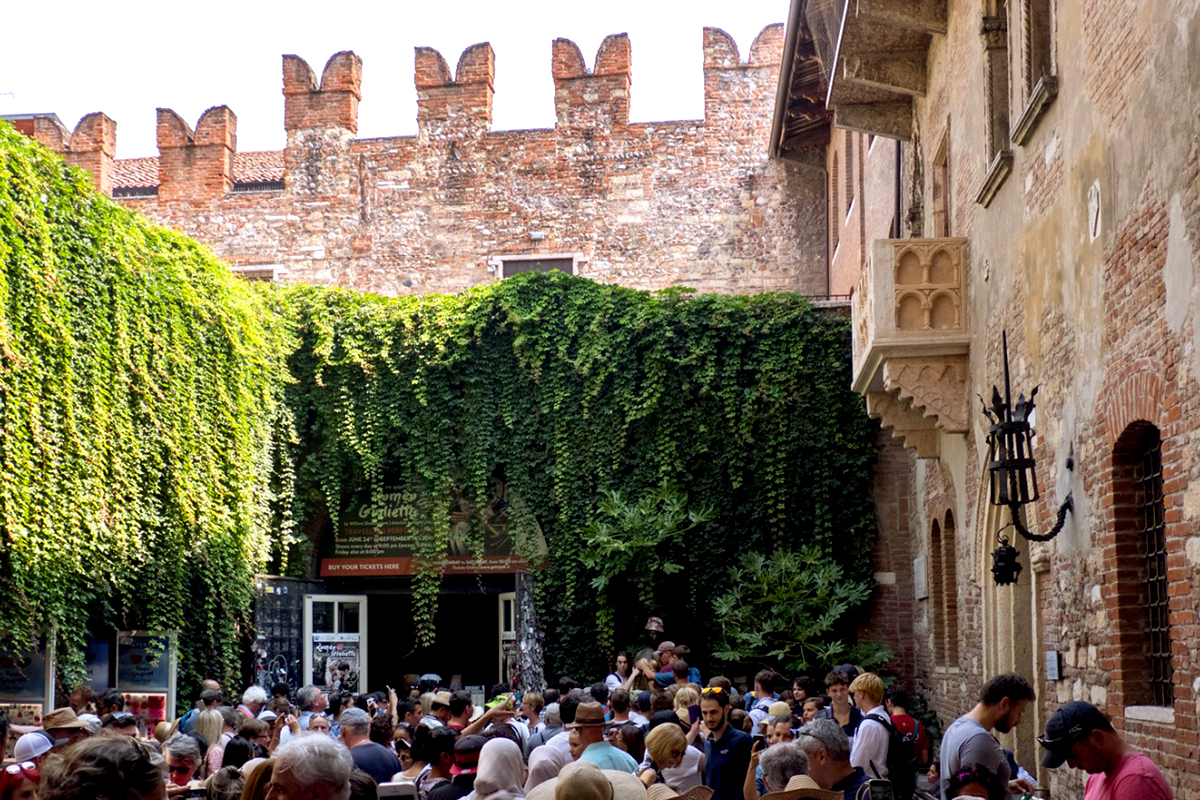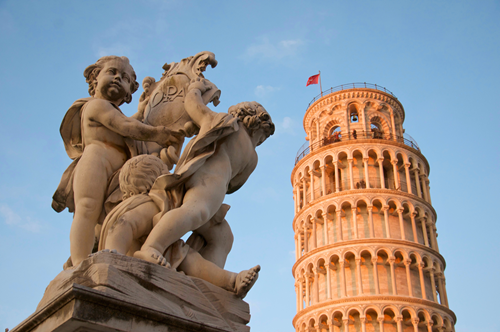Discover Agrigento
All Categories
Tickets
Guided Tours
Private Tours
Discover Agrigento: Book your tickets now!
Valley of the Temples entrance ticket + APP Audioguide of Agrigento
Admire the beautiful Valley of the Temples! and then discover Agrigento with our APP!
Reserved entrance
Confirmation by email
Fast track entry
Wheelchair accessible
E-voucher accepted
Audioguide of Agrigento
19.00 €
House of Luigi Pirandello + APP Audioguide of Agrigento
Visit the House of Luigi Pirandello in Agrigento and then discover Agrigento with our APP!
Reserved entrance
Confirmation by email
Fast track entry
Wheelchair accessible
E-voucher accepted
Audioguide of Agrigento
12.00 €
Pietro Griffo Archaeological Museum + APP Audioguide of Agrigento
Visit the Pietro Griffo Archaeological Museum in Agrigento and then discover Palermo with our APP!
Reserved entrance
Confirmation by email
Fast track entry
Wheelchair accessible
E-voucher accepted
Audioguide of Agrigento
14.00 €
Audioguide of Agrigento
A unique App that will accompany you on your discovery of Agrigento - download it!
Confirmation by email
Recommended by Italy-Museum
Audioguide of Agrigento
Multilingual Audio Guide
9.00 €
WHY VISIT AGRIGENTO?
Because Agrigento is among the Sicilian capitals with an infinite history because it is a territory that has seen the passage and domination of different civilizations that have made it a living witness of history. Because it is incredibly fascinating to trace the historical layers that all these civilizations have left in this territory and all of Sicily. Because Agrigento is not only a memory of an ancient time, it is also a living and sunny city in the beautiful Sicilian landscape.
A LITTLE HISTORY OF AGRIGENTO
Agrigento inhabited since prehistoric times, following several settlements of different villages that later became the Greek city of Akragas. The Italian playwright, writer, and poet Luigi Pirandello called it "the most beautiful city of mortals."
Akragas was one of the largest Greek cities in the Mediterranean and, like all large cities, had a very turbulent history. It was built on terraces, on a plateau, with an urban chessboard design. It was founded around 582 B.C. by the Geloni settlers of the islands of Crete and Rhodes, who created a metropolitan area enclosed by walls with a total of nine gates.
In 406 B.C. the city was besieged and burned by the Carthaginians but lived a new period of splendor from 340 B.C. when the Akragantines, led by the leader Corinth Timoleon, managed to reconquer it. In 262 B.C. with the arrival of the Romans, the city changed its name to Agrigentum and undertook a new urban development. With the arrival of the Byzantines began the fifteenth period of decline that lasted until the conquest of the city by the Arabs in the 9th century. With the Arabs the name changed again to "Girgenti," new monuments and mosques were erected. In 1086, the city passed into the hands of the Normans, returning to Christianity, and the construction of some of the city's most important churches began.
The city experienced an important period of economic progress from the 14th to the 15th century, increasing trade relations with the export of grain and salt. Later, under the rule of the Bourbons, the growth of the city suffered a new period of decline.
In 1920, the English archaeologist Alexander Hardcastle began an excavation campaign that brought to light important finds found in the Valley of the Temples. Only in 1927 did the city take the name Agrigento and in 1997 the Valley of the Temples was declared a World Heritage Site by UNESCO.
WHAT IS AGRIGENTO NOWADAYS?
Agrigento is today a millenary city, where the remains of the Hellenistic city, later Punic-Roman, with imposing Doric temples, the agora, the pagan and Christian necropolis, the extraordinary archaeological wealth and the dense network of underground aqueducts, constitute the beauty of the site that covers approximately 1300 hectares and tells a millenary story begun in the 6th century BC.
Walking through its streets, you can understand why Agrigento is the cradle of history and civilization; you can admire many palaces and churches in different styles of construction that contain treasures of sacred and non-religious art.
CURIOSITIES OF AGRIGENTO
Did you know that the Valley of the Temples characterized by having the remains of ten temples? The best-preserved temple is known as the Tempio della Concordia, one of the main symbols of this fascinating archaeological site.
Did you know that the importance of Agrigento lies in the multitude of artistic expressions that over the centuries have become part of its history? Taking as an example the Duomo: the bell tower was built in the Arab-Norman style, while the columns crowned by arches are in Gothic-Chiaramonte style and the chancel, on the other hand, is Baroque.
WHAT TO SEE IN AGRIGENTO
On a plain that reaches the sea, stands Agrigento, one of the most beautiful cities of Sicily and here lies the Valley of Temples, World Heritage Site, an important archaeological testimony of classical Greek civilization. The Valley of Temples is a unique place to visit; it is the real heart of the archaeological zone of Agrigento.
Among the most important attractions to see in this archaeological area is the Temple of Zeus or Olympic Jupiter, one of the largest Greek temples of antiquity, of which today it is only possible to see the foundations and the high altar. The oldest temple in Agrigento is that of Heracles or Hercules. The temple that has been best preserved over the centuries is the Temple of Concordia, the most impressive Doric Greek temple today after the Parthenon of Athens.
On your itinerary, you can't miss the Pietro Griffo Regional Archaeological Museum, undoubtedly one of the most important archaeological museums in Sicily. This museum exhibits 5688 artifacts arranged chronologically and topographically, illustrating the history of the territory of Agrigento from prehistory to the end of the Greco-Roman era.
Another attraction worth visiting is the Birthplace of Luigi Pirandello, located on a cliff overlooking the sea Called "Chaos," it is located on the border between the municipalities of Agrigento and Porto Empedocle, originally the house was a rural construction of the late 18th century. Luigi Pirandello was born there on June 28, 1867. The family took refuge in this house to escape the cholera epidemic that spread in Sicily that year. This house was declared a national monument in 1949.
You can reach Sicily by plane from the main Italian cities such as Naples, Rome, Florence, Milan or Venice. It is possible to land in Palermo, Trapani or Catania; from any of these cities, it is possible to reach Agrigento by bus or car in about 2 hours.



